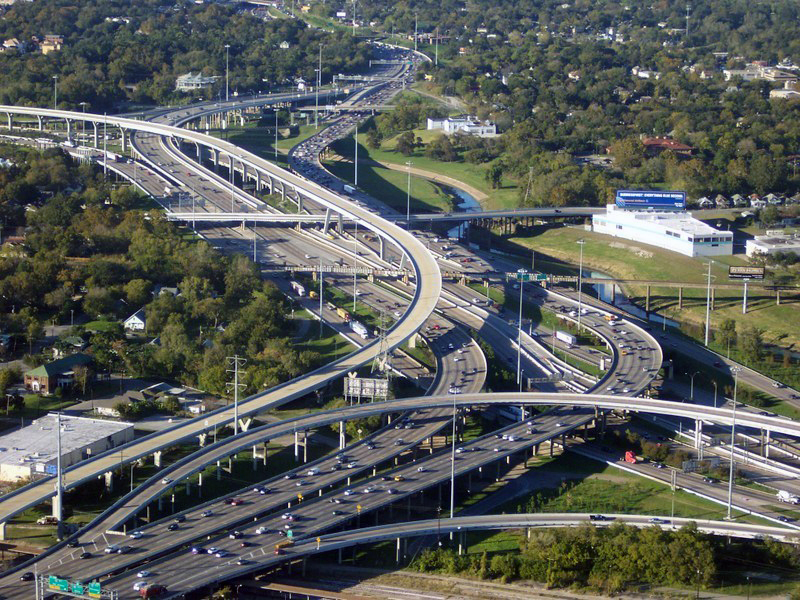 It’s no secret that cars are the favorite mode of transportation for the majority of Americans, with cars considered to be more than just a means of transportation – they have been somewhat of a status symbol for many decades, creating a widespread car culture – and this famous love affair between Americans and their cars has had a huge impact on the way those few people who don’t own cars get around. Over the last couple of years, the number of people who prefer to walk, use bikes and public transit to get to their destination has increased considerably, as result of a greater environmental awareness and a reduced interest in driving, especially among the younger population.
It’s no secret that cars are the favorite mode of transportation for the majority of Americans, with cars considered to be more than just a means of transportation – they have been somewhat of a status symbol for many decades, creating a widespread car culture – and this famous love affair between Americans and their cars has had a huge impact on the way those few people who don’t own cars get around. Over the last couple of years, the number of people who prefer to walk, use bikes and public transit to get to their destination has increased considerably, as result of a greater environmental awareness and a reduced interest in driving, especially among the younger population.
But, even though there are more and more people who don’t want to own a car – or can’t afford to – and explore alternative transportation options, the existing transportation system does not seem to cater to their needs, and continues to favor car drivers. According to a new study, conducted by researchers at the University of Colorado Denver, streets in America are designed in a way that is biased toward motor vehicles and disregards pedestrians, bicyclists, and public transport users.
Wesley Marshall, PhD, PE, assistant professor of civil engineering at the CU Denver College of Engineering and Applied Science, and one of the authors of the study, said that transportation performance is measured with the “level-of-service standard”, which only reveals how convenient driving a car is.
“Transit, bikes, and pedestrians are seen as worthwhile only by how much they reduce delays or increase speeds for motor vehicles,” said Eric Dumbaugh, PhD, associate professor at Florida Atlantic University and director of Transportation and Livability for the Center for Urban and Environmental Solutions. He added that although the prevailing opinion among the general public is that the roads are designed with all users in mind, they are actually almost exclusively focused on the needs of motor vehicles.
The level-of-service standard only takes into account traffic congestion and how much time cars spend at intersections – factors that have no impact on other road users and their needs. The researchers believe that the reason why roads are designed this way is that engineers stick to the assumption that traffic delays caused by congestion have a negative impact on the economy, so they tend to focus on finding solutions for moving cars more efficiently. However, they argue that investments in road infrastructure that favors cars, with projects such as adding lanes to existing roads and leaving less room for pedestrians and bikers, will only result in increased use of cars, instead of easing traffic flow.
The main takeaway from this study is that roads focused on motor vehicles, no matter how well designed they are, only lead to more congestion, and the goal of the authors of the study is to prompt authorities to take the needs of other road users into consideration, and create a transportation system that allows and encourages people to use more eco-friendly and more affordable modes of transportation.